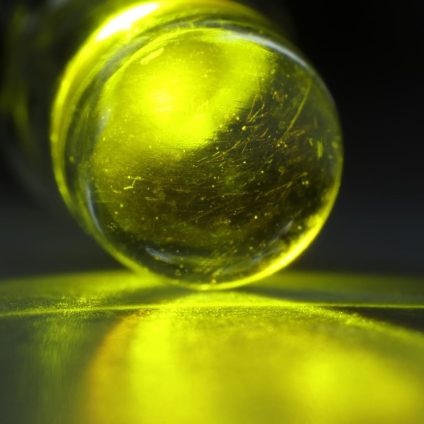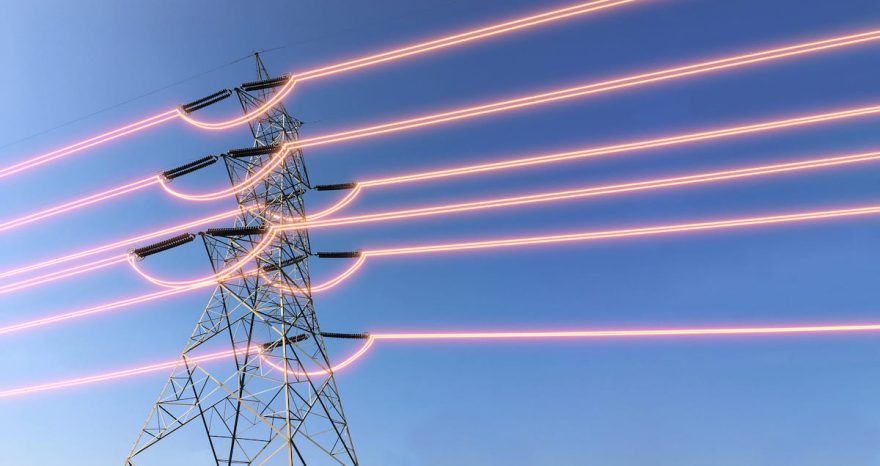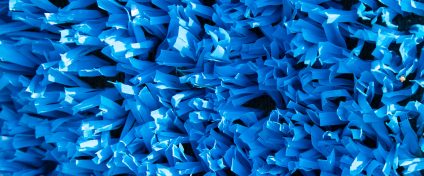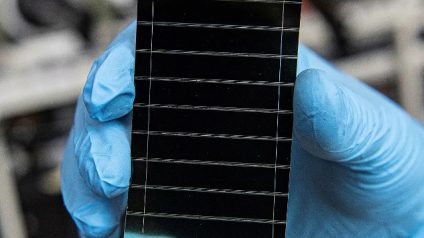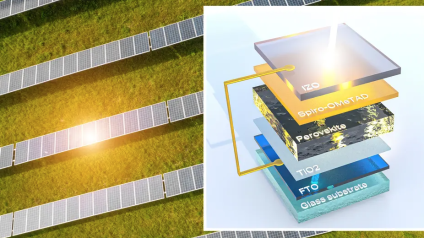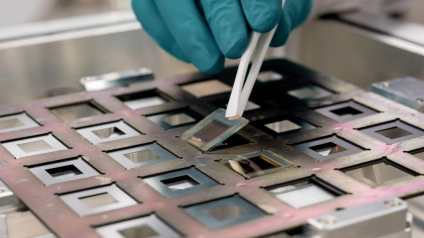Thanks to its high efficiency and low cost, perovskite holds strong application potential in light-emitting diodes (LEDs). Ongoing research is working to overcome the final challenges separating the technology from commercial use.
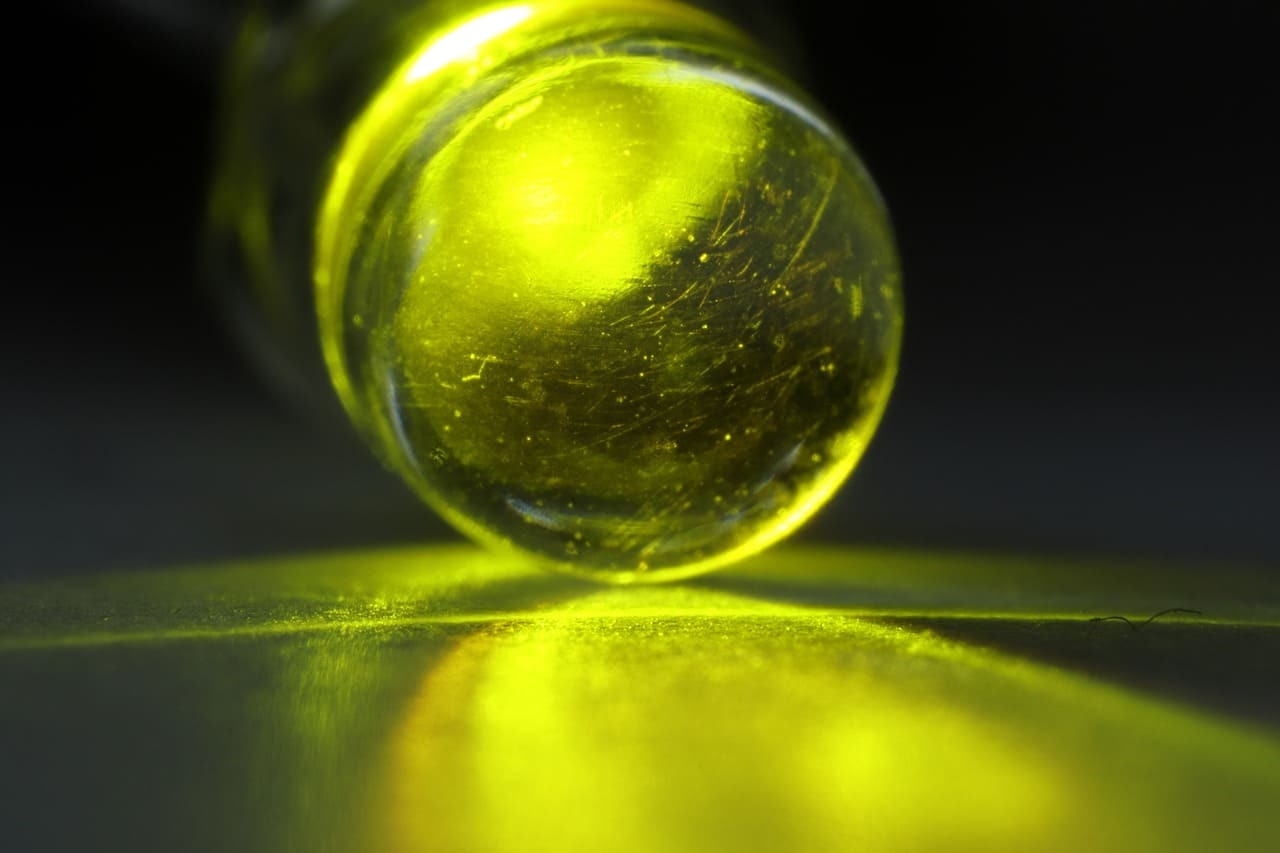
Perovskite LEDs: How Efficient Are They Really?
When it comes to perovskite, most people immediately think of solar technology. In recent years, perovskite-based solar cells have captured global attention due to their rapidly improving light-conversion efficiency, ease of fabrication, and relatively low costs. But photovoltaics isn’t the only field where perovskites are making waves.
Since 2014, perovskites have also been gaining ground in another branch of optoelectronics: light-emitting diodes. In just a few years, perovskite LEDs have emerged as a next-generation emitter, significantly boosting their external quantum efficiency (EQE), luminous efficacy, and energy efficiency.
The latest major advancement in this field comes from the same research center that, back in 2015, made the first real breakthrough, raising the EQE of perovskite LEDs from a mere 0.1% to 8.53%. That success ignited global interest in exploring the full potential of these devices.
What Are Light-Emitting Diodes and How Do They Work?
A light-emitting diode (LED) is a semiconductor-based optoelectronic device that emits light when electrically energized. In simplified terms, it works as the reverse of the photovoltaic effect. As an electric current flows through the diode, electrons and holes recombine, releasing energy in the form of photons. This phenomenon, known as electroluminescence, results in light emission, with the color depending on the bandgap of the semiconductor.
Today, LEDs are widely used across many applications, including lighting. Compared to traditional incandescent bulbs, LEDs offer several key advantages: lower energy consumption, longer lifespan, greater physical durability, faster switching, and smaller form factors.
Perovskite-Based LEDs: A New Frontier
Researchers discovered that nanocrystals of organometal halide perovskites could serve as ideal candidates for developing a new generation of high-efficiency LEDs. These materials offer a tunable bandgap, excellent cost-efficiency, and high color purity. They’re also capable of emitting intense, adjustable light.
However, while promising on paper, challenges arise in practice. One major hurdle is the low quantum luminescence efficiency. This value represents the ratio of emitted photons to electron-hole pairs generated. A low percentage indicates a high rate of spontaneous dissociation of these pairs, reducing light emission.
One strategy to overcome this involves spatial confinement, a technique where the physical size or geometry of the material limits how it grows or behaves. For perovskite LEDs, reducing crystal size helps confine charge carriers and encourages recombination, thereby increasing light output. But spatial confinement alone is not enough.
Most strongly confined perovskites suffer from Auger recombination (a non-radiative process), ion migration, and thermal instability, factors that limit both brightness and operational lifespan.
Breakthrough Results
The first major leap came from the Seoul National University team led by Professor Tae-Woo Lee. By reengineering the diode structure, the team achieved an external quantum efficiency of 28.9%, with a peak brightness of 470,000 nits and an operational life of up to 30,000 hours. These figures paved the way for early prototypes, including a TV display and a tablet screen.
Then in 2024, researchers at Shanghai University went even further. They achieved a maximum EQE of over 40% and an operational half-life exceeding 42,000 hours. However, this was accomplished using a hybrid LED structure, with a perovskite emitter at the bottom and an OLED layer on top.
A Materials-First Approach to Improving EQE
Now, Professor Lee’s team is back with a new materials-based strategy aimed at controlling the dynamic surface properties of perovskite crystals. The goal is to pave the way for further improvements in luminescence efficiency.
In collaboration with Professor Andrew M. Rappe of the University of Pennsylvania and Professor Omer Yaffe of Israel’s Weizmann Institute of Science, the Korean researchers proposed a novel optimization mechanism using conjugated molecular multipods (CMMs). When CMMs bind to the perovskite crystal lattice, they strengthen the surface, suppressing internal processes that cause charge carriers to dissociate.
Using this approach, the team developed a green-emitting perovskite LED with an EQE of 26.1%. While this figure is slightly lower than previous records, it marks a significant innovation. In this case, the efficiency improvement came not from device engineering but from enhancing the intrinsic emission performance of the material itself.
“This study presents a new materials-based approach to overcoming the intrinsic limitations of perovskite light emitters,” said Professor Lee. “We believe it will significantly contribute to the development of highly efficient, long-lasting perovskite LEDs and the commercialization of next-generation displays.” The study was published in Nature Communications.
The Latest Innovations in Perovskite LEDs
Additional progress has recently come from the University of Science and Technology of China (USTC), part of the Chinese Academy of Sciences. This team developed a new strategy using weakly confined, large-grain inorganic perovskite crystals to build brighter, more stable LEDs.
The researchers incorporated specific compounds, hypophosphorous acid and ammonium chloride, into the perovskite mix. They then applied a high-temperature annealing process to create a new thin film with larger crystal grains and fewer surface defects.
The annealing process suppressed non-radiative recombination and significantly reduced ion migration. Moreover, the new film avoided the defects typical in small-crystal methods, greatly improving LED stability and brightness.
The result? The team achieved PeLEDs with an EQE of 22.0%, maintaining over 20% efficiency at a current density near 1,000 mA/cm² and a brightness of more than 1,167,000 cd/m². They also reported a half-life of 185,600 hours.


